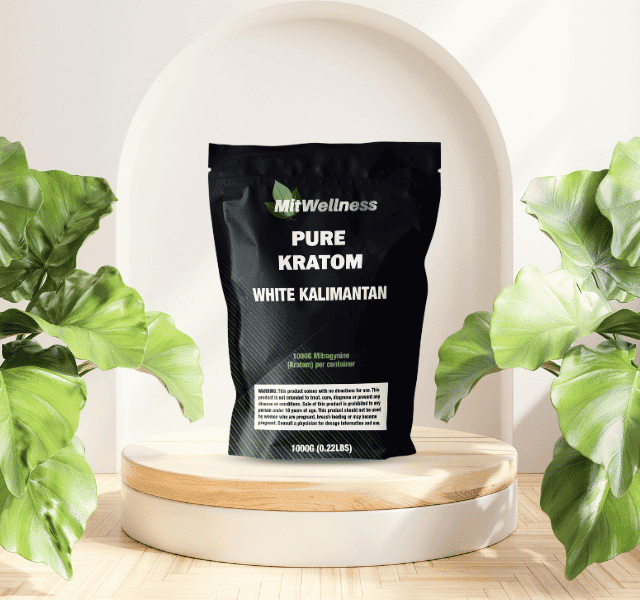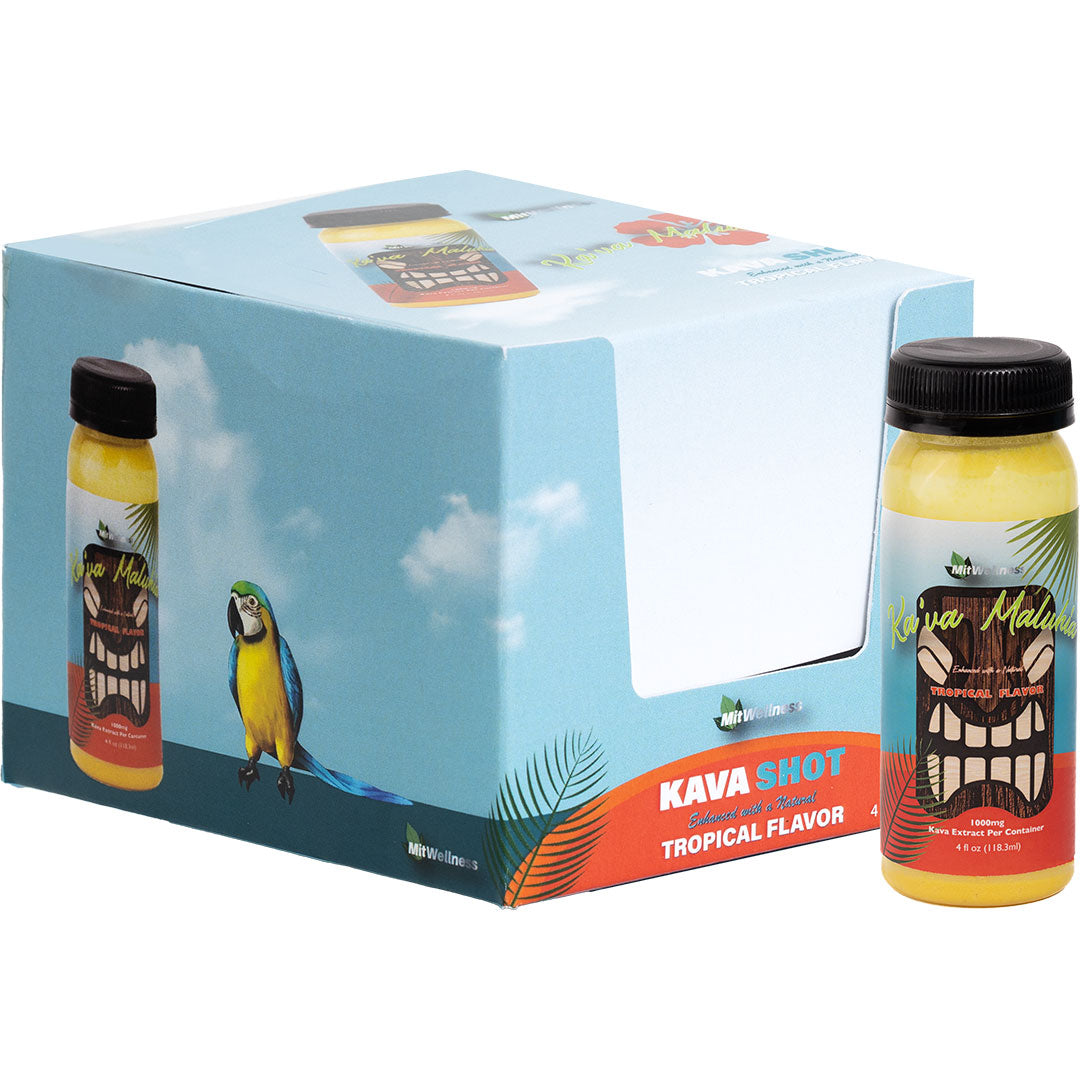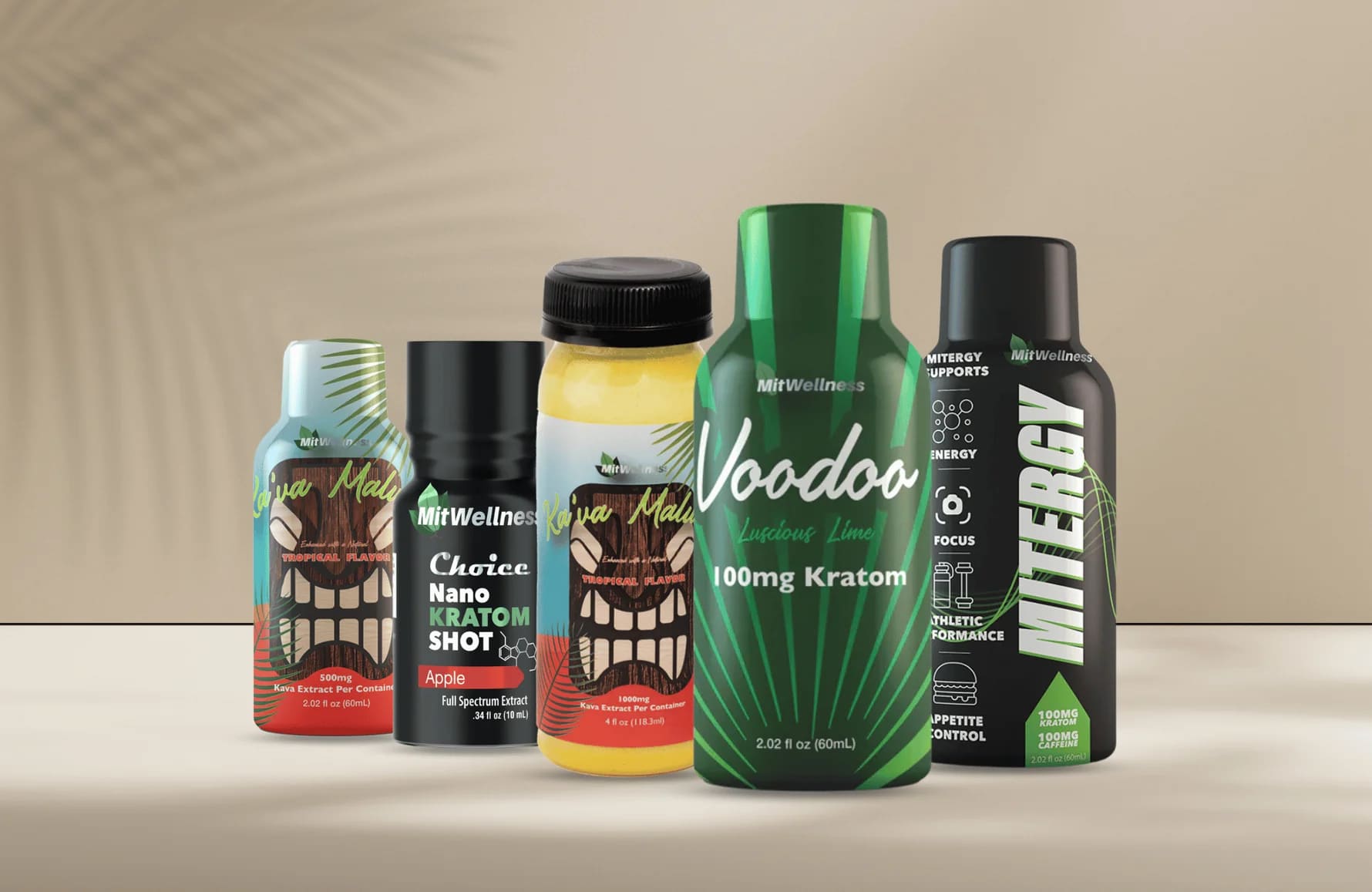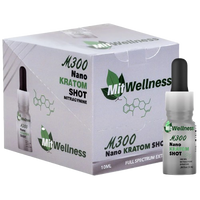 One of the coolest and perhaps most underrated aspects of choosing natural remedies is that sometimes you can grow those natural remedies all on your own. Cultivating your own plants can feel a bit like a mystical power, but cultivating plants like kratom can be even more magical than that.
One of the coolest and perhaps most underrated aspects of choosing natural remedies is that sometimes you can grow those natural remedies all on your own. Cultivating your own plants can feel a bit like a mystical power, but cultivating plants like kratom can be even more magical than that.
However, harvesting kratom isn’t as simple as it may seem. There’s plenty of knowledge that you must acquire, many choices you must make, and a lot of work you must do in order to wind up with a quality kratom product when all is said and done.
Luckily, we’re here to help all of you hopeful kratom harvesters along with this comprehensive guide to turning the leaves of this fascinating tropical tree into the amazing mind-altering product that has been in use for well over a century.
Whether you’re just interested in understanding exactly where your favorite kratom products come from and how they’re made, or you’re looking to create your own products, we’ve got you covered.
From the answer to the question “what is kratom?” to post-harvest processing to drying and fermentation to kratom dose information and much more, this guide will teach you all you need to know about the practice of harvesting and drying kratom. Enjoy!
Deciding Whether or Not to Keep Your Stems
There is a split amongst seasoned kratom farmers over whether to keep the stems on their kratom leaves after they’ve been harvested. This debate comes about because it’s believed that allowing the stems to remain attached can alter the plant’s effects.
It can also be quite difficult to destem the leaves properly, which is likely another contributing factor to the divided perspectives.
Choosing whether you’d like to keep the stems on after harvesting your kratom leaves is most likely going to be something that requires a bit of trial and error, as the benefits can really only be perceived by testing the finished product.
Remember that there are supposed benefits to both methods, and neither will harm the finished product.
Fermenting Kratom Leaves
Sometimes, kratom farmers choose to put their harvested leaves through a fermentation process before drying them out. This technique is most common with red vein kratom, but it’s not exclusive to that strain. All types of kratom can be fermented once harvested, and there are some benefits to doing so.
When you ferment kratom leaves, it alters their alkaloid profile, altering the effects that one experiences when consuming the product.
Fermentation can strengthen the effects of the kratom, but it can also offer unique effects unavailable from non-fermented forms. Not only that, but fermentation also increases bioavailability, which means that the product is more easily and effectively absorbed into the body.
The fermentation process involves storing harvested kratom leaves in bags and leaving them in a cool, dark place for between 24 and 72 hours. This approach obviously adds extra steps and extra time to the process of producing kratom powder, which is why some farmers opt out of doing it altogether.
Drying Kratom Leaves
Whether freshly harvested or newly fermented, kratom leaves must be dried out before being crushed into the powder product you see in stores.
Originally, kratom enthusiasts would simply chew on the leaves or brew them into a tea to enjoy the effects of the plant, but over the years, kratom farmers have learned how much more effective and potent turning their leaves into a concentrated product can be.
Drying can be done both indoors and outdoors. Doing it outdoors can be good if you’ve got the space and you’re looking to avoid mold and mildew growth, as sunlight will kill those spores quite quickly, but it can also be a difficult and messy affair that is heavily dependent on good weather, which is something that is obviously beyond your control.
Indoor drying requires fans and close attention to detail, or you may wind up with moldy, mildewy products that may need to be thrown in the garbage. The benefit of this method is that you don’t have to worry about the weather.
Whether the drying is done inside or outside, it usually takes somewhere between 24 and 72 hours to complete. Once the leaves have as much moisture removed from them as possible, they’re ready to be crushed into a powder.
Crushing Kratom Leaves
This step is where kratom becomes the kratom you’re familiar with. If you’re working with your own small batch of leaves, you may be able to get away with using a simple mortar and pestle to grind your product up into a fine powder.
However, the bags of kratom you’ll find at the store are mass-produced, and they were more than likely crushed using commercial equipment in order to speed up the process and reduce waste.
Whichever way the crushing is done, it’s always best to grind it down into as fine a powder as possible, as this increases absorption into both your body and any beverage you might be looking to mix your kratom with.
Looking for Kratom?
MitWellness has exactly what you’re looking for. Check out our online store for a wide array of high-quality kratom for sale, or contact us to learn more.





















